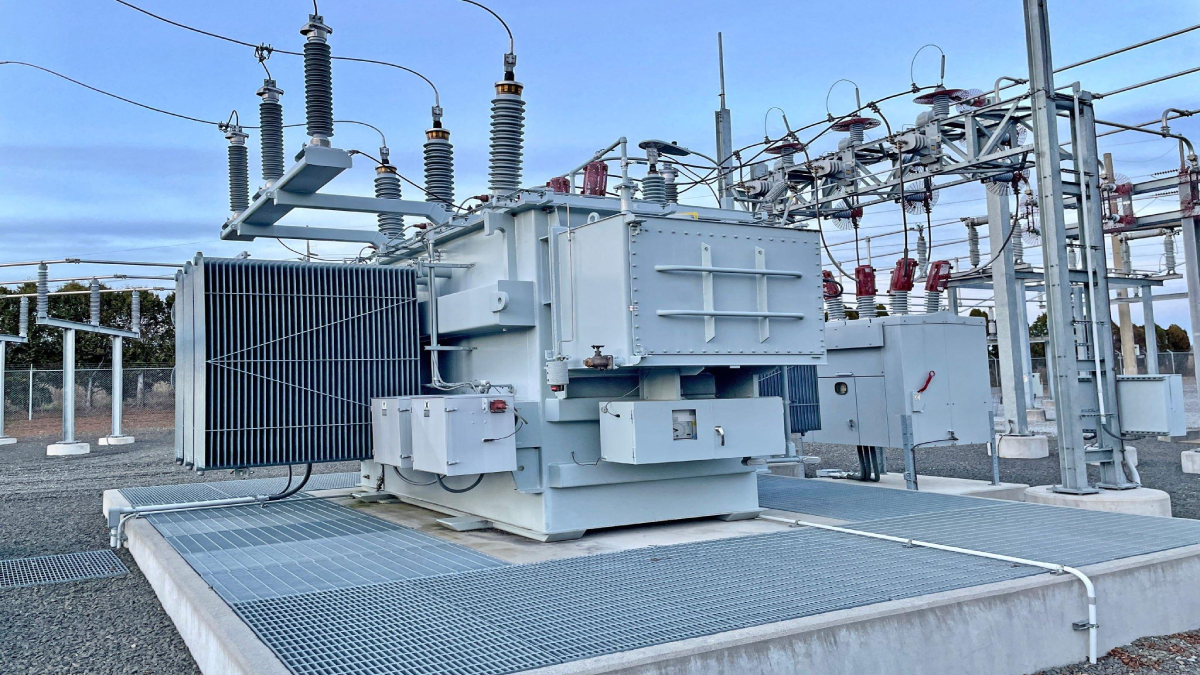Good and Bad Practices in Commissioning Current Transformers within a Substation
Commissioning of current transformers within a substation is a critical operation that ensures the safety and efficiency of power distribution. While these transformers are instrumental in stepping down the current to usable levels, improper commissioning can lead to significant power inefficiencies and safety hazards. This article will delve into the good and bad practices when commissioning current transformers, providing a comprehensive guide to ensure proper and safe operations within a substation.
Introduction to Current Transformers within a Substation
Current transformers play an essential role within a substation. These transformers are designed to measure the electrical current in power lines, and then reduce that current to a level that can be analyzed. By stepping down the current, current transformers help to minimize the risk of electrical hazards and make it easier to measure power levels accurately. Without current transformers, it would be difficult to monitor the amount of current flowing through a substation and ensure that it is operating within safe and effective parameters. Whether you’re an electrical engineer, a substation operator or simply someone who’s interested in learning more about electricity, understanding the role of current transformers is crucial for optimizing the performance of a substation.
The Importance of Proper Commissioning
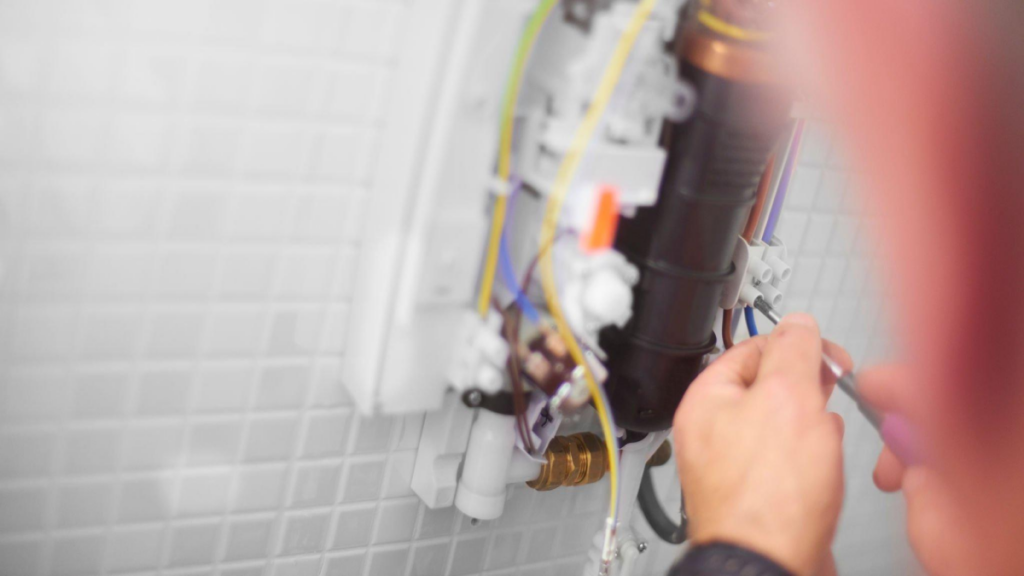
The importance of proper commissioning cannot be understated. In many industries, commissioning is the final step in the construction process before a system or facility can become operational. Proper commissioning ensures that all systems are functioning as expected, and any potential issues are identified and addressed. A thorough commissioning process can also improve efficiency, reduce costs, and increase the longevity of the equipment or facility. Improper or incomplete commissioning can lead to unexpected shutdowns, delays, and increased costs down the line. Ultimately, proper commissioning is essential for ensuring the safety, reliability, and overall success of any project.
Overview of Good Practices in Commissioning Current Transformers
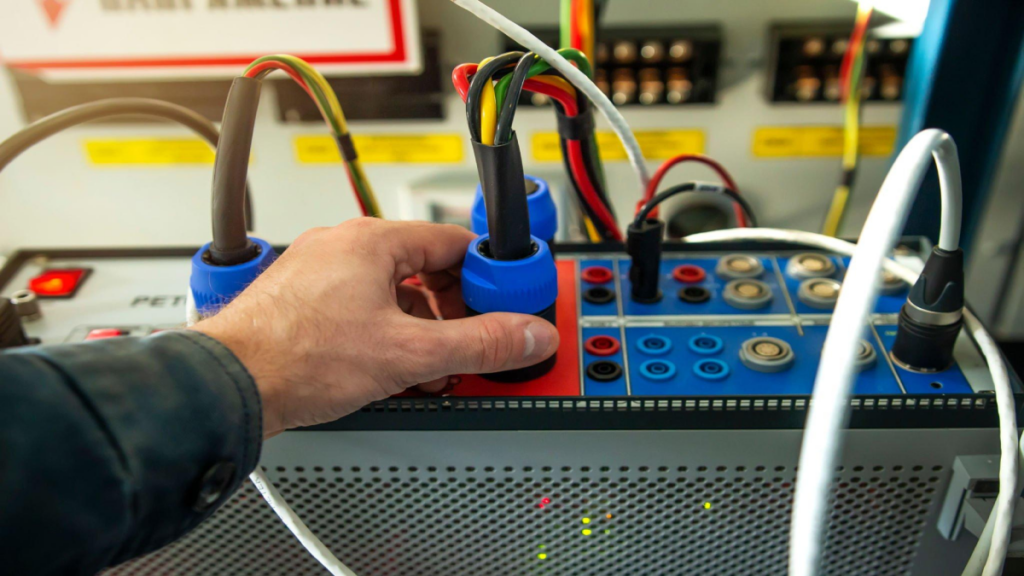
Commissioning current transformers is a crucial step when it comes to electrical installations. Good practices in commissioning can ensure that the transformers are functioning properly, which, in turn, can determine the reliability and efficiency of the entire system. One of the best practices in commissioning current transformers is to use calibrated testing equipment and to have a thorough understanding of the technical specifications of the product. It is also important to verify that the polarity marking on the transformers matches that of the documentation. Furthermore, commissioning should be conducted by professionals with the relevant expertise and knowledge to ensure that any issues are identified and addressed. Overall, by following good practices in commissioning current transformers, it is possible to ensure that the system is working effectively and efficiently.
Detailed Explanation of Each Good Practice
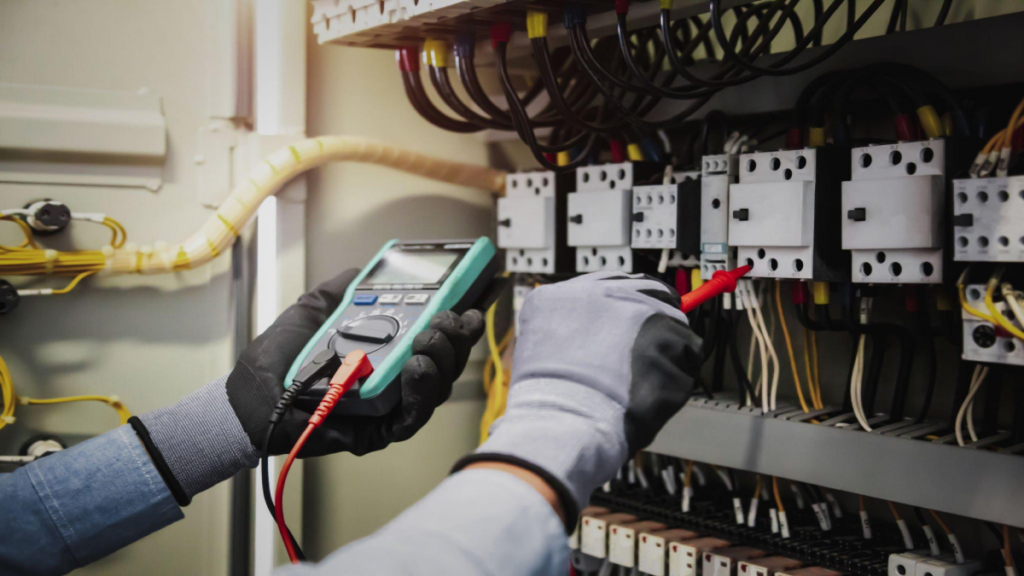
When it comes to improving performance and productivity, it’s important to follow good practices. Each good practice is important and plays a vital role in achieving success. Good practices include a set of guidelines that are tailored to specific goals or objectives. Each practice provides a detailed explanation on how to achieve the desired outcome. They help to minimize errors, improve accuracy, and streamline processes. Good practices are not only beneficial for the organization, but they also improve the quality of service or product delivered to customers. Understanding each good practice and executing them consistently will yield significant results in the long run.
The Consequences of Implementing Good Practices

Implementing good practices can have a number of positive outcomes in various aspects of life. From business to personal relationships, establishing and following good practices can lead to increased efficiency, improved communication, and heightened success. However, it’s important to keep in mind that implementing good practices can also come with its fair share of consequences. For example, in a business setting, implementing new protocols or regulations may require additional training or resources, which can lead to higher costs and adjustments from employees. Similarly, implementing good practices in personal relationships may require individuals to break old habits and put in more effort, which can cause initial discomfort. Regardless of the circumstances, it’s critical to weigh the potential consequences and carefully plan out the implementation of good practices in order to ensure long-term success.
Case Study Highlighting Consequences of Bad Practices

A case study highlighting the success of good practices is critical for organizations that want to improve their operations. Good practices refer to the procedures, processes, and methods that have been proven to produce the best results. Companies that use good practices consistently achieve excellent outcomes, which leads to customer satisfaction, increased productivity, and better financial performance. But how do organizations recognize which practices are good? That’s where a case study becomes essential. By studying successful organizations, leaders can identify the good practices that have worked and then customize them to their operations. In this way, they can avoid the trial and error process that can be costly and time-consuming.
Overview of Bad Practices in Commissioning Current Transformers
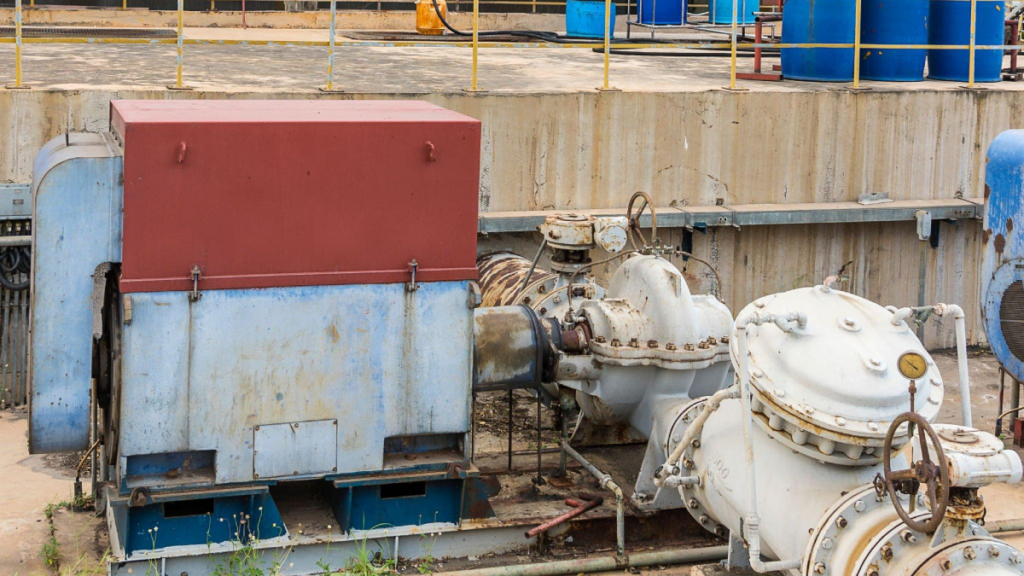
When it comes to commissioning current transformers, there are a number of bad practices that can lead to inaccurate results or even damage to equipment. One common issue is failing to verify the polarity of the current transformer, which can result in a reversed current flow and invalid readings. Another problem is neglecting to perform a burden test, which ensures that the transformer can handle the appropriate load. In addition, failing to properly ground the transformer can put equipment and personnel at risk and lead to electrocution. Commissioning current transformers is a crucial step in ensuring accurate and reliable measurement of electrical currents, and avoiding these bad practices is key to achieving optimal results.
Detailed Explanation of Each Bad Practice
Bad practices can be detrimental to any endeavor. When we aim to achieve a goal, we must be mindful of the things that can hinder our progress. In this article, we will provide a detailed explanation of each bad practice commonly seen in various fields. We will discuss how these bad practices can harm an organization and how to avoid them. With this knowledge, you will be able to identify these bad practices and take appropriate actions to prevent them from hindering your success. It is important to keep an open mind and be willing to learn from mistakes. By understanding the reasons behind bad practices, we can take the necessary measures to ensure that we are always on the path towards success.
The Consequences of Implementing Bad Practices
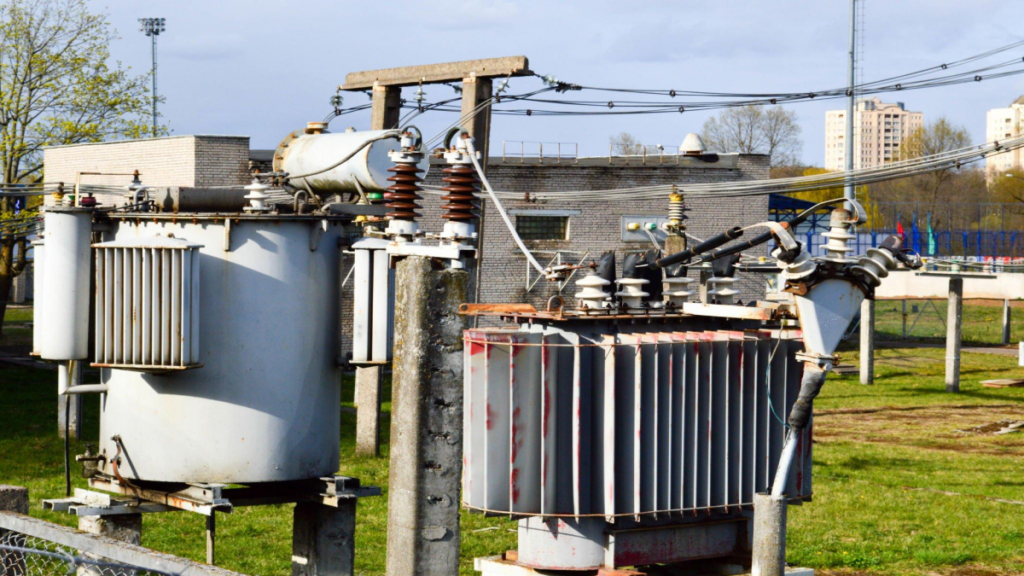
Businesses must recognize the gravity of implementing bad practices. From damaging customer relationships to ruining their reputation, the consequences of problematic practices can create long-term repercussions. Even small mistakes can lead to expensive lawsuits, lost profits, and even disgruntled employees. Organizations must recognize the importance of correctly following protocols and procedures to create a culture of excellence. Companies serious about their long-term success should invest in creating a comprehensive approach to prevent bad practices from occurring. It is only through creating and adhering to best practices that organizations can ensure the continued trust of their customers and stakeholders. Ultimately, organizations must realize that the consequences of implementing bad practices can be severe. Taking the necessary steps to prevent it should be a top priority for any business.
Case Study Highlighting Consequences of Bad Practices
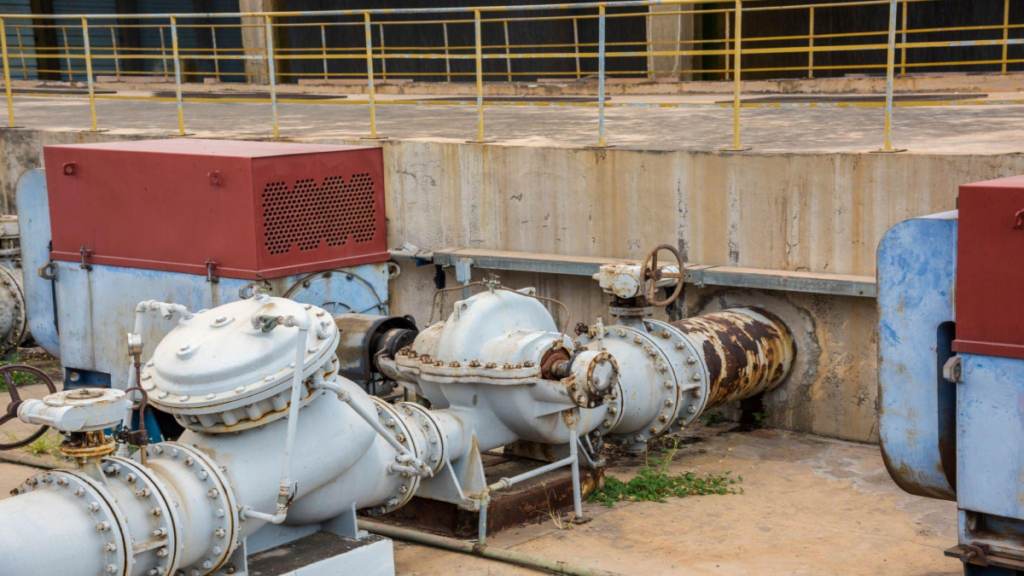
Today, we want to emphasize the importance of proper practices in the workplace. To do this, we want to share a case study highlighting the consequences of bad practices. This case study will showcase an example of a company that suffered severe repercussions due to poor decision-making. By examining this example, we will learn the effects that poor practices can have on a company and its employees. It is essential to note how critical it is to maintain the proper standards and practices in every company. Join us as we dive into this case study and learn from it.
Comparison Between the Good and Bad Practices

When it comes to practices, there are always good ones and bad ones. However, it’s important to know what distinguishes them from each other, and how we can adopt good practices while avoiding bad ones. A comparison between the good and bad practices will help us understand the benefits of adopting good ones while steering clear of bad ones. The benefits of good practices can help us save time, increase productivity, and promote positivity in our personal and professional lives. On the other hand, bad practices can limit our progress, take up valuable resources, and cause frustration and stress. By knowing the differences between them, we can make informed choices and strive for better outcomes.
Tips to Avoid Bad Practices and Promote Good Practices
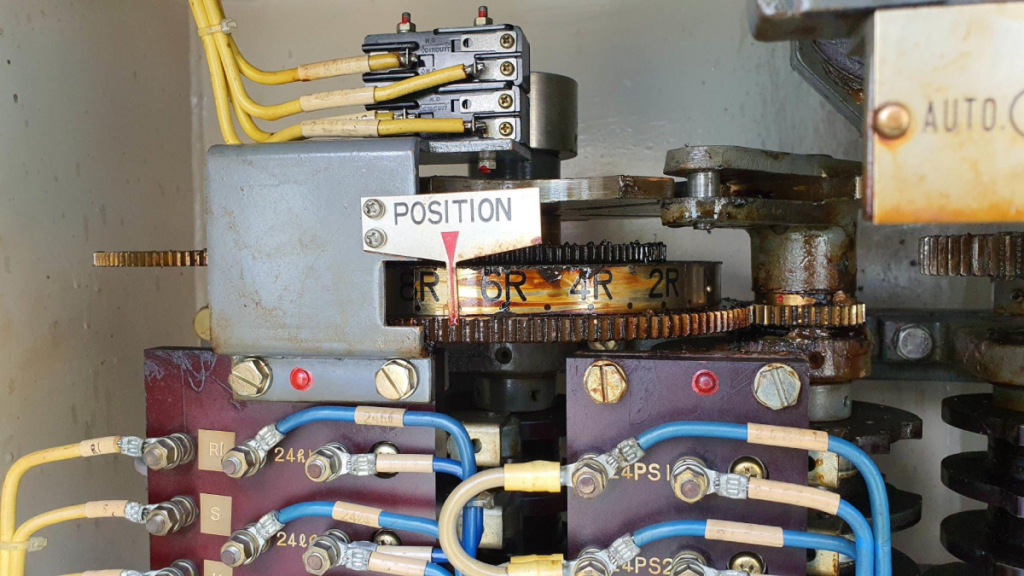
In any aspect of life, it’s important to make sure we’re doing things the right way. When it comes to work or personal goals, we want to ensure we’re not hindering our progress with bad habits. That’s where tips to avoid bad practices and promote good practices come in. By learning what not to do, and what can be done instead, we can improve our chances of success. Whether it’s staying organized, keeping track of finances, or maintaining healthy relationships, there are ways to make sure we’re doing our best. By taking the time to implement these tips, we can set ourselves up for long-term success and avoid falling into bad habits that can lead to setbacks.
Future Trends in Commissioning Current Transformers
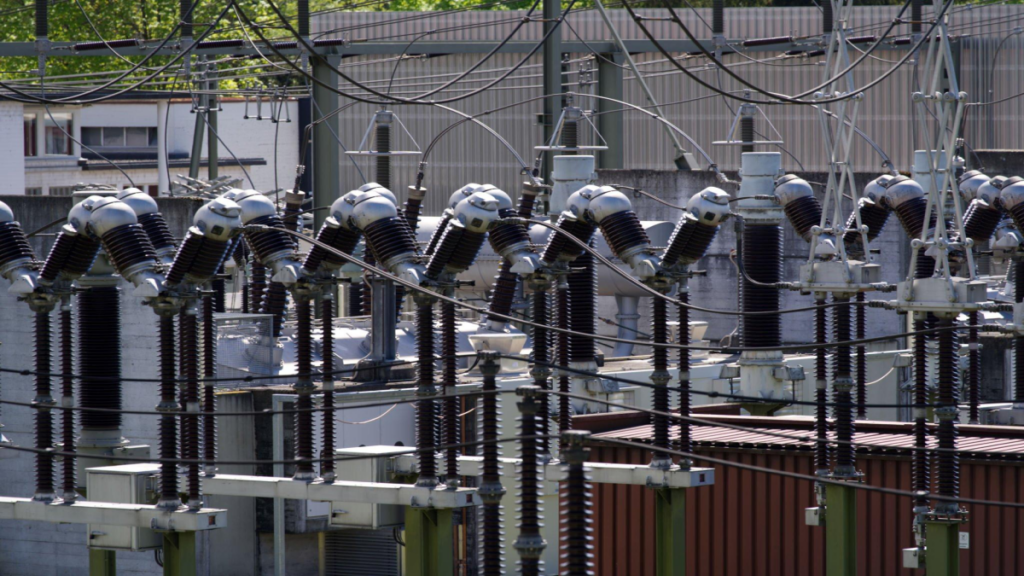
As technology rapidly advances, the future of commissioning current transformers looks promising. The traditional method of commissioning current transformers requires time-consuming and costly tests to ensure accuracy. However, with the emergence of advanced software and communication tools, commissioning is becoming more streamlined and efficient. These advancements will not only save time and money but will also improve the accuracy of results. Additionally, the introduction of smart grids and renewable energy sources will influence the future of commissioning current transformers, further driving the need for advanced technology. With these exciting advancements on the horizon, the future of commissioning current transformers is certainly one to watch.
Role of Technological Advancements in Improving Commissioning Practices
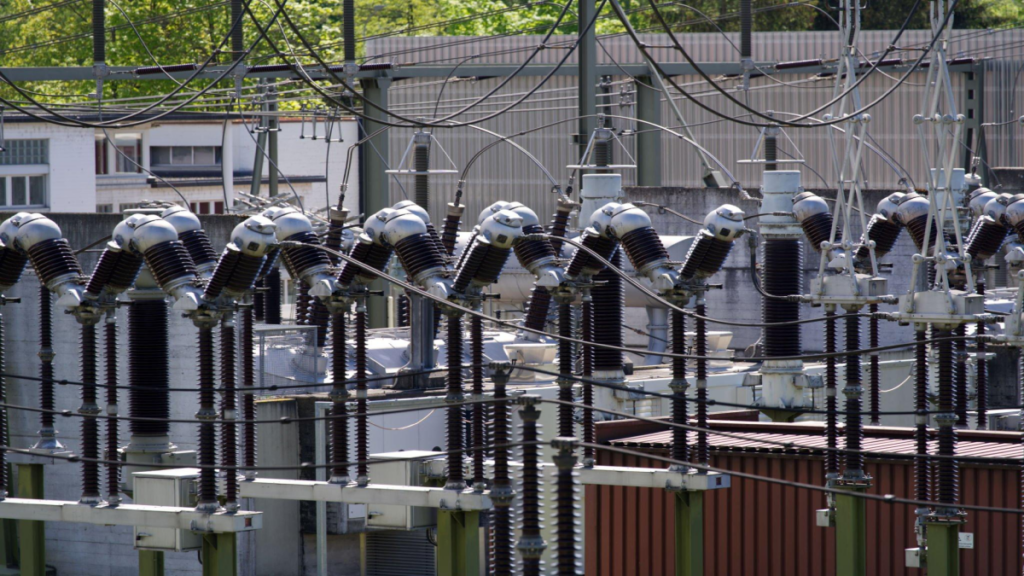
The role of technological advancements in improving commissioning practices cannot be overstated. With ever-increasing demands on buildings and their systems, it’s crucial to have the most efficient commissioning possible. Today, technological advancements are driving change and innovation in every industry, and the commissioning industry is no exception. By harnessing the power of new technologies, commissioning agents can automate the process, identify faults more quickly, and improve overall building performance. From IoT sensors to virtual reality training, these advancements are revolutionizing commissioning practices and setting the stage for more efficient, sustainable buildings. As the built environment becomes increasingly complex, technology will continue to play a vital role in shaping commissioning practices and the future of the industry.
Conclusion: The Long-Term Impact of Good and Bad Practices on Substation Efficiency and Safety.
The long-term impact of good and bad practices on substation efficiency and safety is profound. Implementing good practices not only enhances efficiency but also promotes a safe work environment. It boosts productivity, reduces downtime, and minimizes the risk of accidents. Conversely, bad practices can jeopardize safety, hinder operational efficiency, and result in financial losses. The advent of new technologies provides a great opportunity to improve commissioning practices, making them more efficient and safe. Ultimately, adherence to best practices, coupled with the utilization of emerging technologies, paves the way for improved substation efficiency and safety, contributing to the overall success of an organization.

